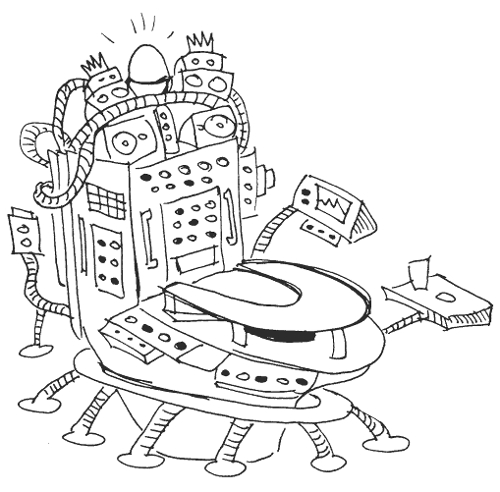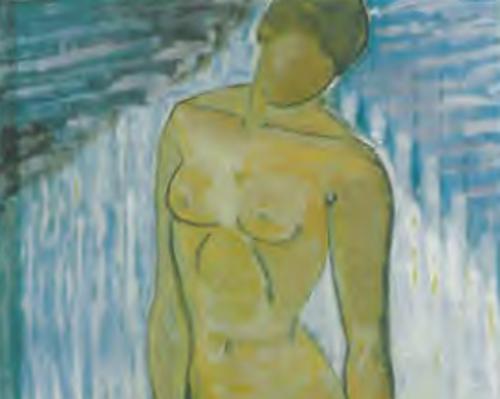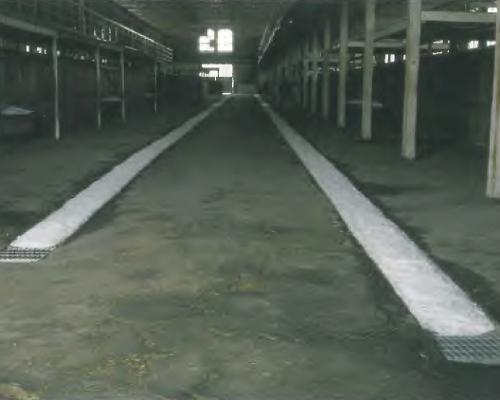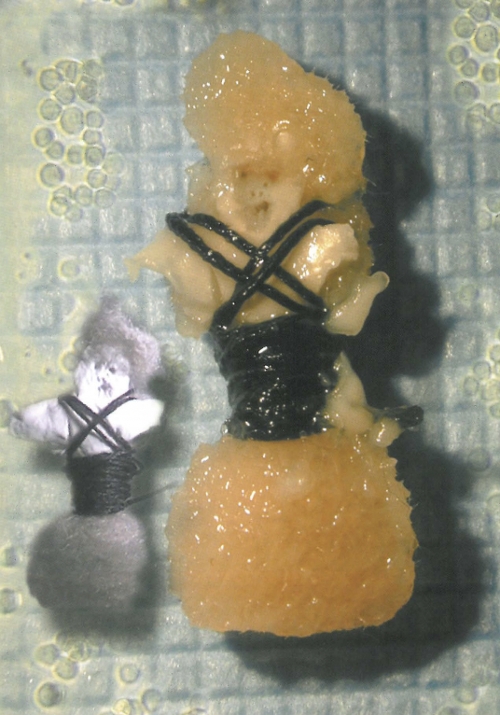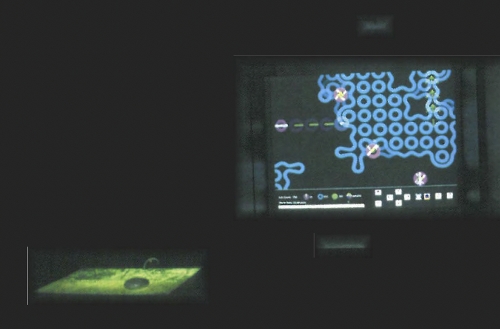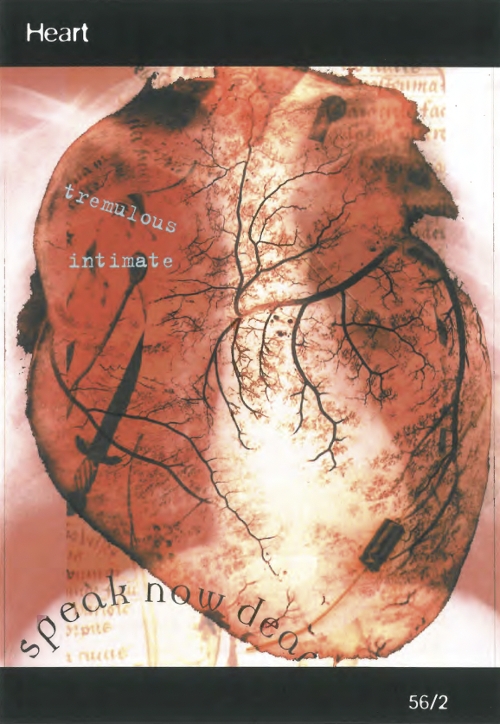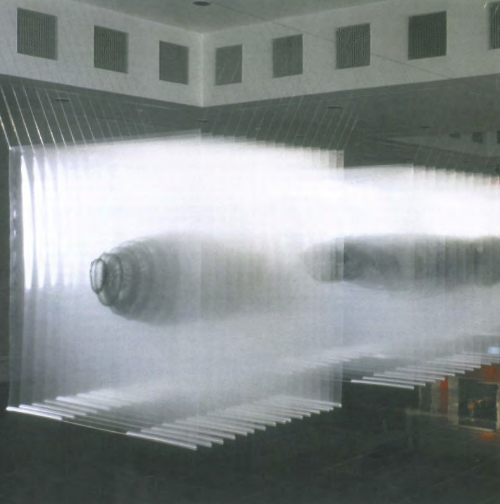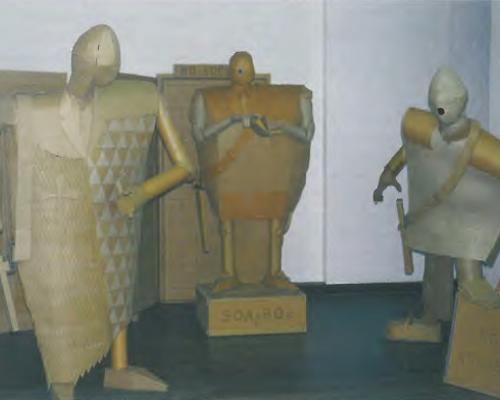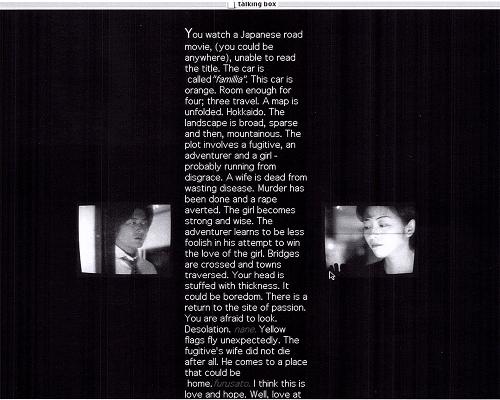Storming the Reality Studio
Tofts attempts to redefine that which is commonly known as new media art, as he believes it is out of touch with what's actually going on in digital culture. He refers to a range of contemporary Australian artists utilising digital media to explore some of the ways old material is appropriated and remediated to present works that are new and unique. Amongst those are Josephine Starrs and Leon Cmielewski, Murray McKeich, Ian Haig, Nicholas Negroponte, David Carson, James Widdowson, Gregory Baldwin, Elena Popa, Greg O'Connor, Troy Innocent, Rebecca Young, Andrew Trevillian and Tina Gonsalvas.
